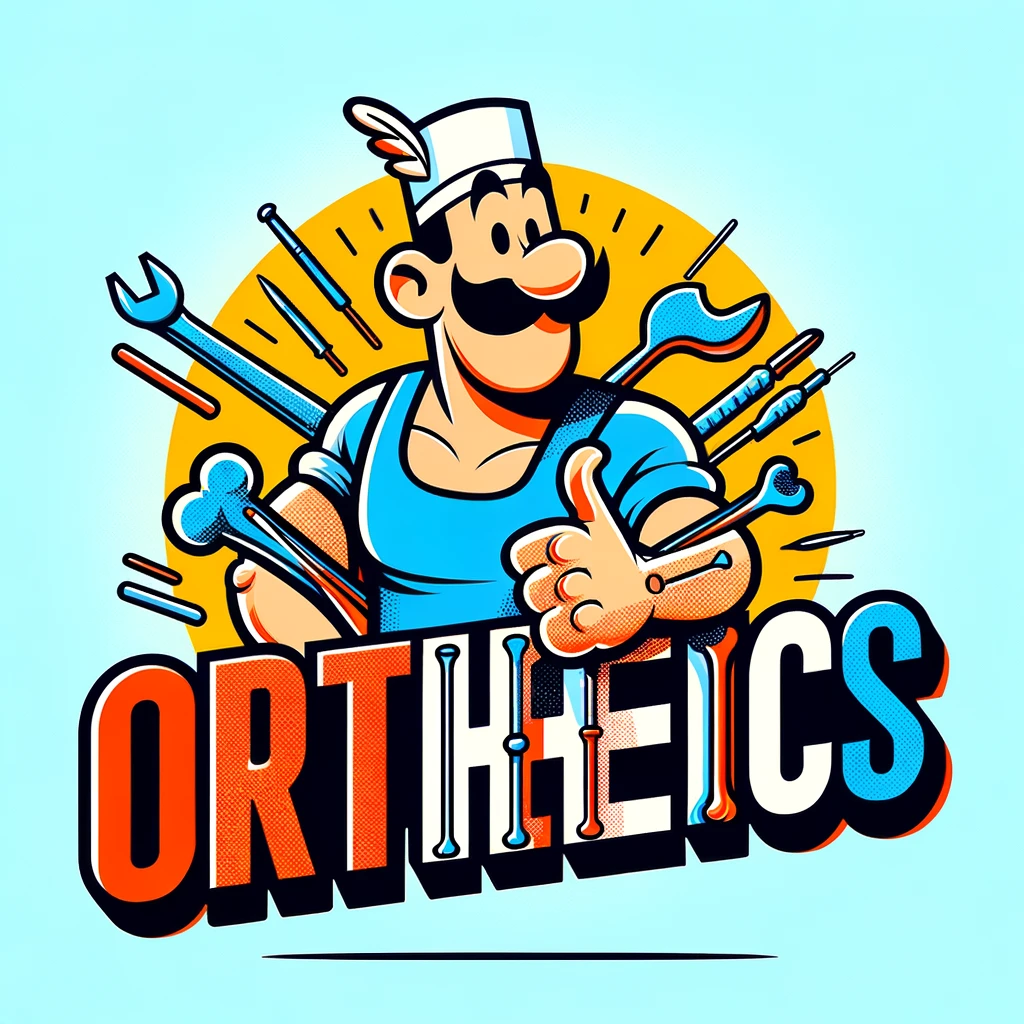Discover how the pioneering integration of a dedicated vascular access team and a specialized intravenous therapy program has revolutionized patient care in its inaugural year of operation.
– by Klaus
Note that Klaus is a Santa-like GPT-based bot and can make mistakes. Consider checking important information (e.g. using the DOI) before completely relying on it.
Implementation of a vascular access team and an intravenous therapy programme: A first-year activity analysis.
Rosich-Soteras et al., J Vasc Access 2024
DOI: 10.1177/11297298231220537
Ho-ho-ho! Gather ’round, my little healthcare elves, for I have a tale to tell that’s as heartwarming as a cup of cocoa on a snowy Christmas Eve. It’s about a group of skilled nursing Santas, known as the Vascular Access Team (VAT), who, with their magical touch, have been making the hospital wards jingle with joy and efficiency!
In the bustling workshop of our medical center, these merry VAT members embarked on a 12-month sleigh ride from March 2019 to March 2020. Their mission? To sprinkle some of their expertise across the land of venous access (VA), ensuring that every peripherally inserted central catheter (PICC) and midline catheter (ML) was placed with the utmost care.
Now, let’s peek into Santa’s list to see what they’ve achieved. The VAT elves inserted a whopping 1257 catheters into 1056 patients, with 291 MLs and 966 PICCs. These little helpers stayed snug and secure in their patients for an average of 14.9 days for MLs and 59.07 days for PICCs, much like how stockings stay hung by the chimney with care.
The main reason these catheters were removed? Well, it wasn’t because they were naughty, but because the patients’ treatments had come to a merry end (80.7% of the time). Infections were as rare as a white Christmas in the tropics, with only 1 ML (0.3%) and 9 PICCs (0.9%) affected. And as for thrombosis, it was more uncommon than a reindeer without antlers, occurring in just 2 MLs (0.7%) and 16 PICCs (1.7%).
The VAT didn’t just stop at placing catheters; they were like the North Pole’s customer service, handling 367 consultations. Most of these were to clear up any doubts about managing these magical VA devices (80.9%).
And now, for the jolliest part of our story: the economic impact. By choosing ML and PICC catheters, our center saved a sack-full of euros, approximately €867,688.44 annually! That’s enough to make even Scrooge smile with glee.
In conclusion, my dear friends, this study has shown that having a VAT is like having Christmas all year round. It’s a gift that keeps on giving, enhancing clinical safety and managing resources more efficiently than Santa manages his list of who’s naughty and nice. So let’s give a round of “ho-ho-hos” for the VAT, the unsung heroes of the hospital wards! 🎅🎄
